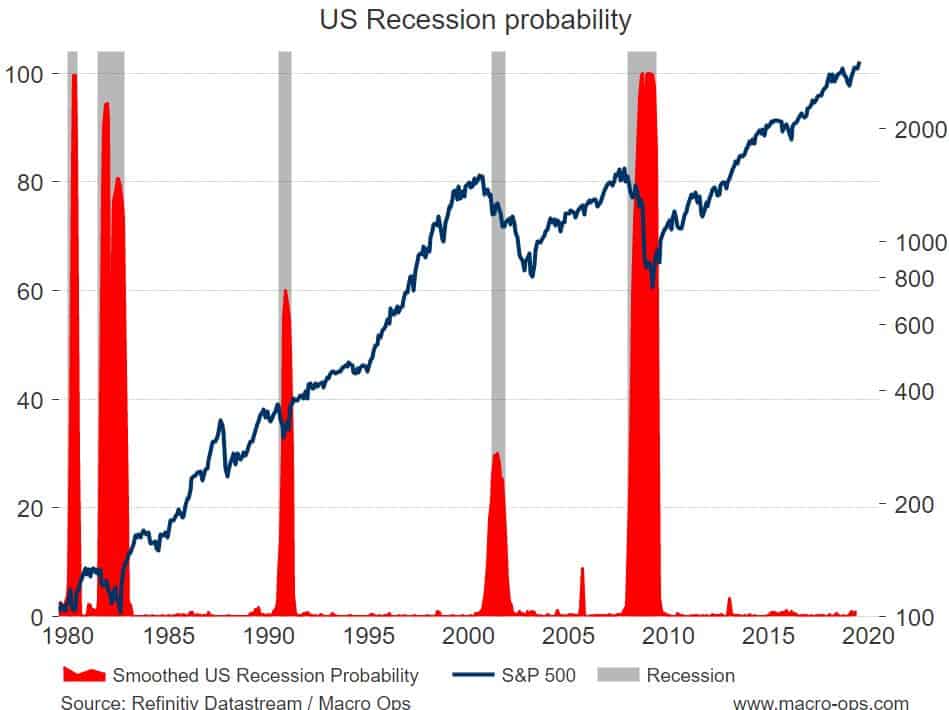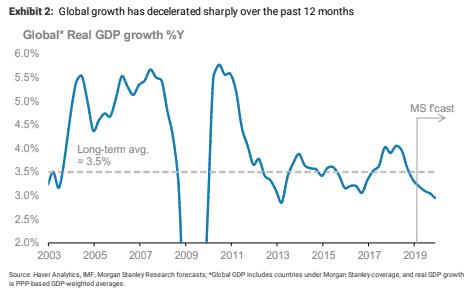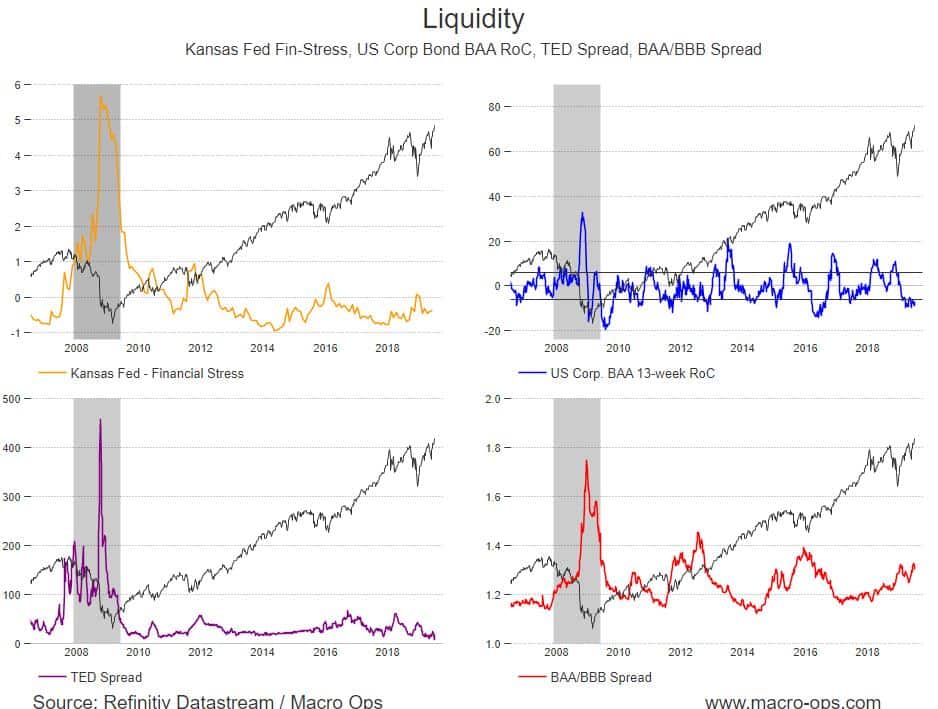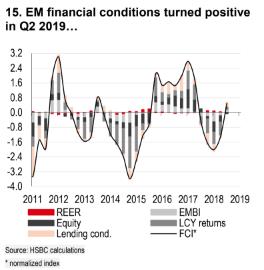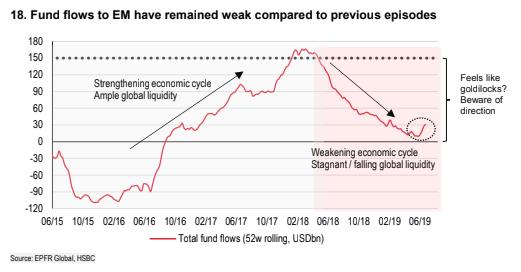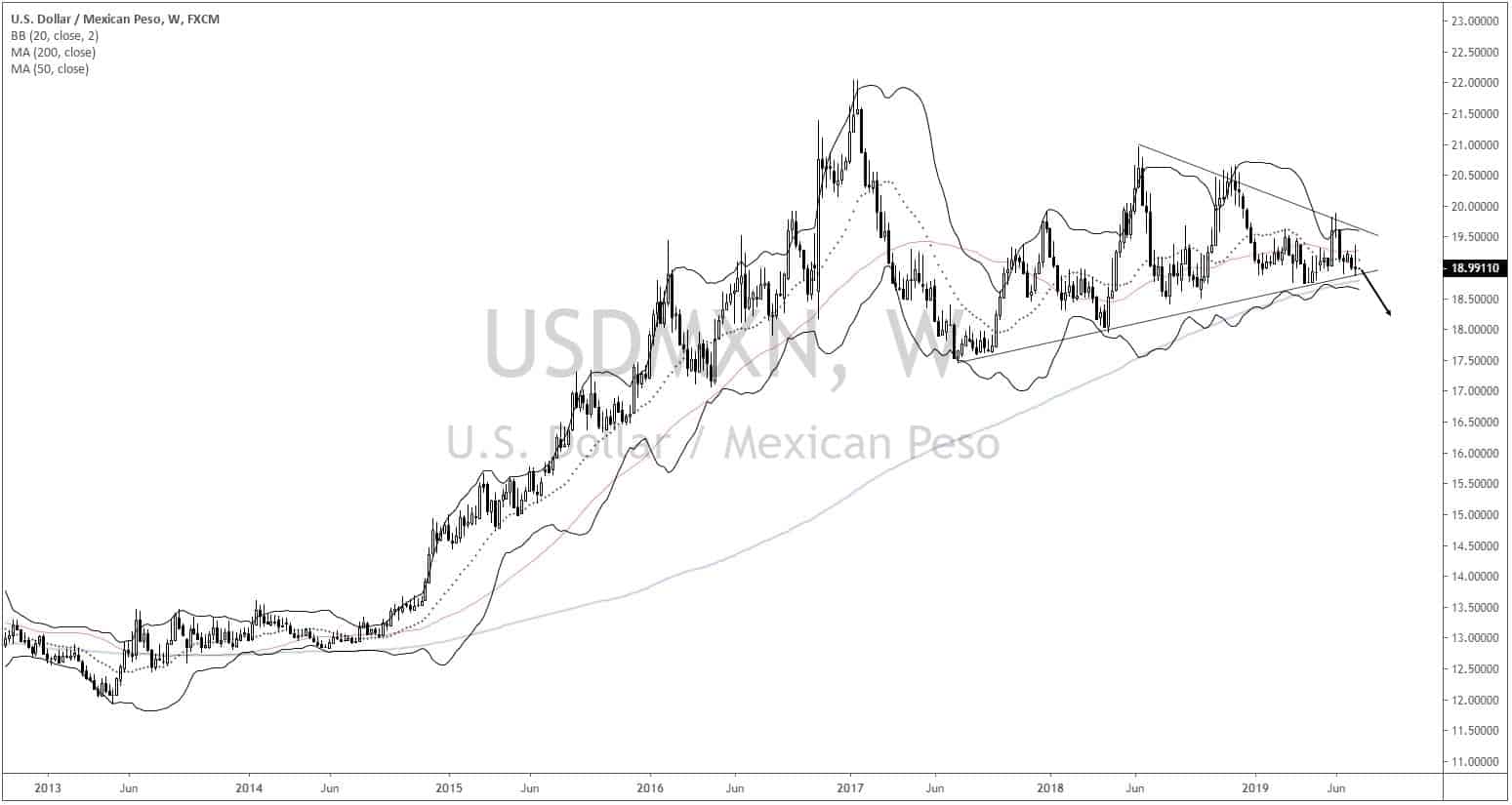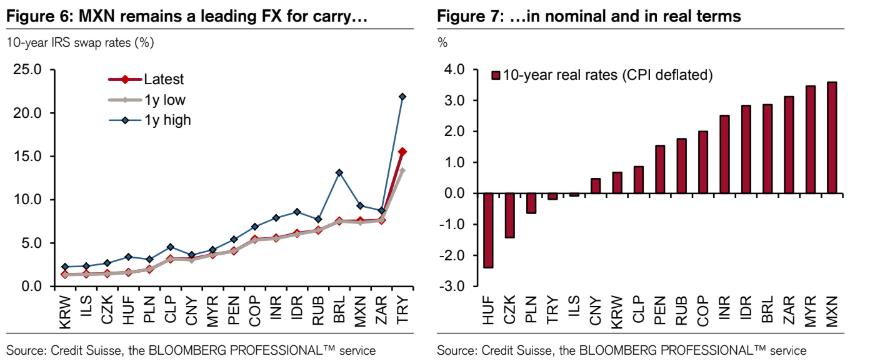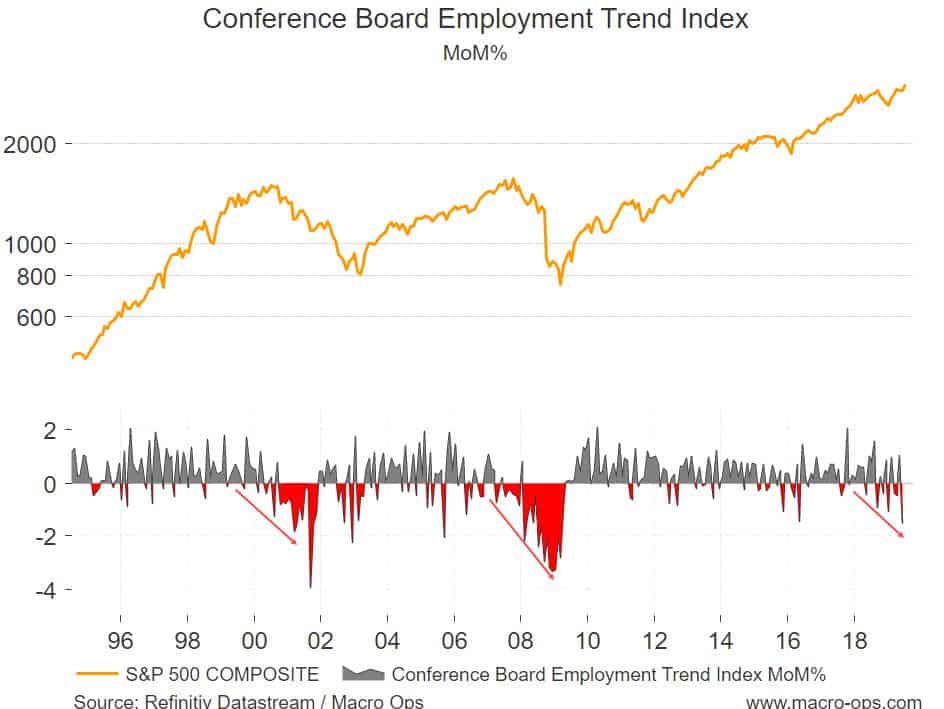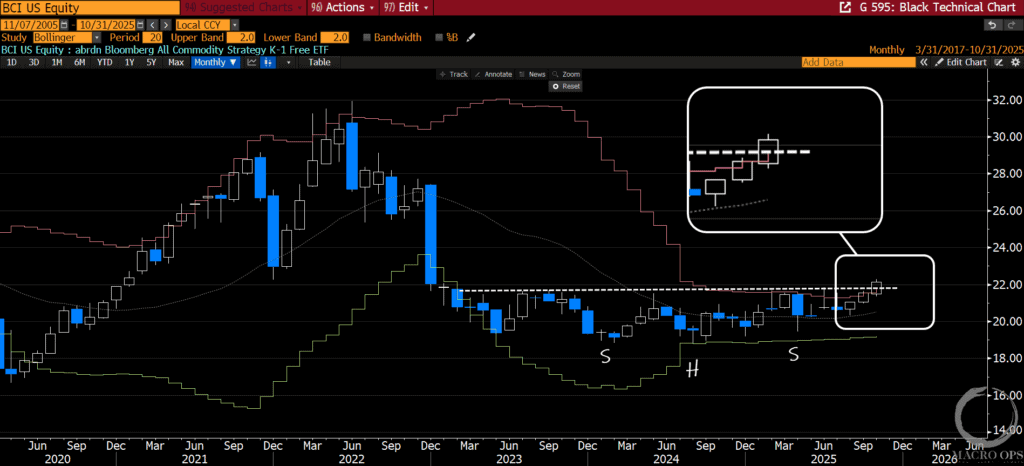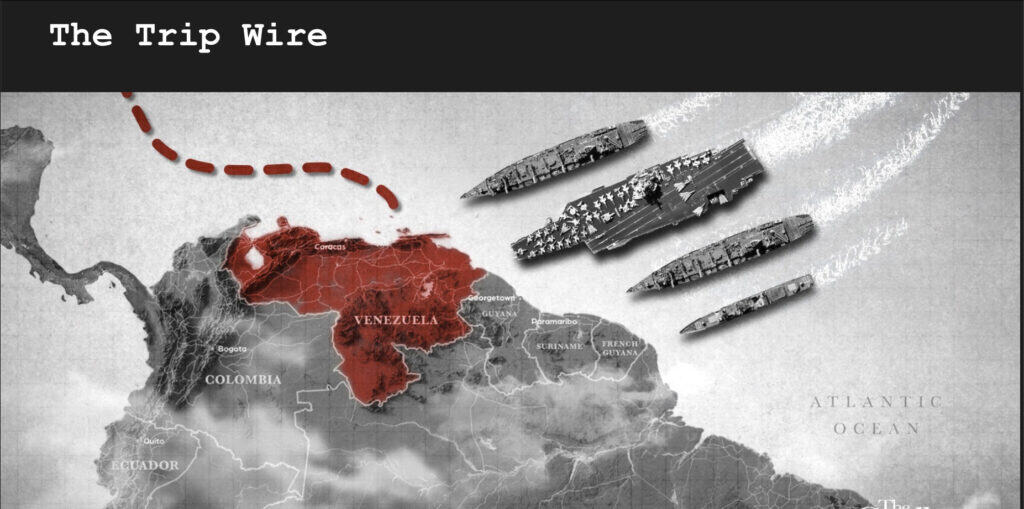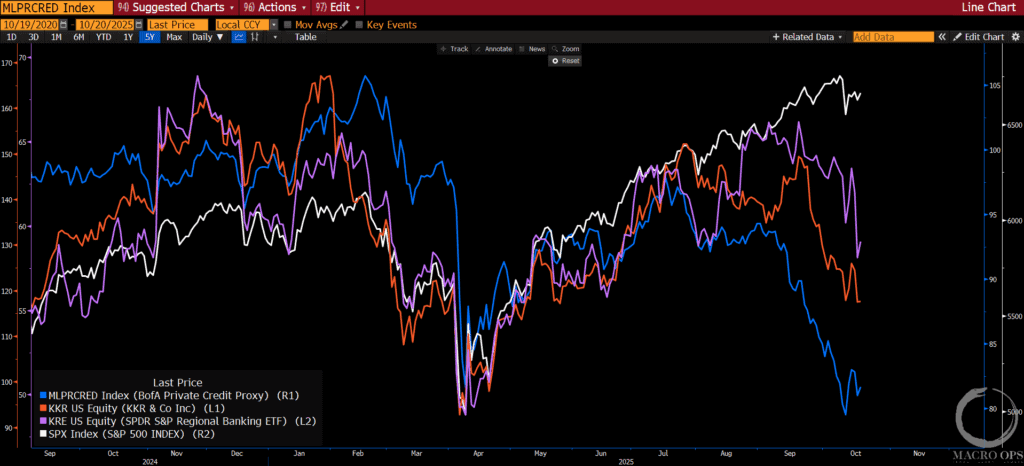Be a disciplined rational investor. Follow logic and analysis rather than sales pitches, whims, or emotion. Assume you may have an edge only when you can make a rational affirmative case that withstands your attempts to tear it down. Don’t gamble unless you are highly confident you have the edge. As Buffett says, “Only swing at the fat pitches. ~ Ed Thorp
Good morning!
We’ve got decelerating global growth and falling earnings but flush liquidity, EMs turning a possible corner, their central banks pivoting hard, a potential EMFX long, and low recession probabilities + much more. Let’s jump in…
1) BofAML’s Global EPS model is predicting an ongoing earnings recession.
2) Global PMI and New Orders are now below 50 (contracting), global trade growth fell further in June, US ISM New Orders Index is “catching down” to the rest of the world, and DM PMIs continue to dip… (charts via MS)
3) Global Real GDP growth slowed sharply over the past year and looks set to continue to do so (chart via MS).
4) But liquidity (ie, financial conditions) remain very loose.
5) And this is interesting… EM manufacturing is outperforming DM for the first time in over 7-years (chart via HSBC).
6) After significant tightening last year, financial conditions in emerging markets are now starting to ease (chart via HSBC).
7) No doubt being helped along by a significant turn in EM monetary policy over the last 6-months (chart via HSBC).
8) Yet, fund flows into EM remain weak (chart via HSBC).
9) If EM is bottoming then I like the Mexican peso here (short USDMXN). It’s a technically nice looking setup. We may see a break lower this week, keep your eyes peeled.
10) Plus, MXN offers a LOT of positive carry right now.
11) The US Conference Board Employment Trend Index is starting to bleed (chart is month-over-month %). It’s not signaling that its time to sell your stocks, grab your children, and run for the hills quite yet. But it’s something we should keep an eye on.
12) The St. Louis Fed’s Smoothed Recession Probabilities indicator says we’re not in the “danger zone” at the moment. The indicator is “a dynamic-factor markov-switching model applied to four monthly coincident variables: non-farm payroll employment, the index of industrial production, real personal income excluding transfer payments, and real manufacturing and trade sales.”

